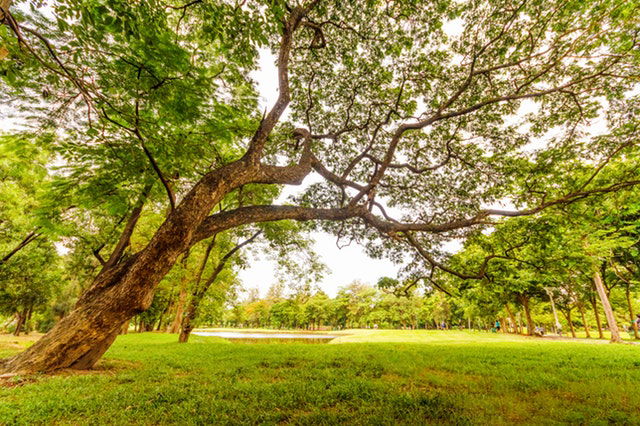
A new study from University of Pennsylvania shows that greening vacant urban land significantly reduces feelings of depression and improves overall mental health for the surrounding residents.
For the first time, the research team measured the mental health of Philadelphia residents before and after nearby vacant lots had been converted into green spaces, as well as residents living near untreated abandoned lots, and those that just received trash clean-up.
In the study, 541 vacant lots throughout Philadelphia were randomly assigned to one of three study arms: greening intervention, a trash clean-up intervention, or a control group with no intervention.
The greening intervention involved removing trash, grading the land, planting new grass and a small number of trees, installing a low wooden perimeter fence, and regular monthly maintenance.
The trash clean-up involved removing trash, limited grass mowing where possible, and regular monthly maintenance.
The Pennsylvania Horticultural Society LandCare program performed the greening, trash clean-up, and maintenance.
Two sets of pre-intervention and post-intervention mental health surveys were performed among 342 people, 18 months before revitalization and 18 months after.
The researchers used the Kessler Psychological Distress Scale (K6), a widely used community screening tool, to evaluate the prevalence of serious mental illness in the community.
Participants were asked to indicate how often they felt nervous, hopeless, restless, depressed, that everything was an effort, and worthless.
The team found that people living within a quarter of a mile radius of greened lots had a 41.5% decrease in feelings of depression compared to those who lived near the lots that had not been cleaned.
In addition, those living near green lots also experienced a nearly 63% decrease in self-reported poor mental health compared to those living near lots that received no intervention.
Results were most pronounced when looking only at neighborhoods below the poverty line, with feelings of depression among residents who lived near green lots decreasing significantly—by more than 68%.
The researchers suggest that transforming blighted neighborhood environments into green space can improve the trajectory of the residents’ mental health.
Adding green space to neighborhoods should be considered alongside individual treatments to address mental health problems in low resource communities.
Additionally, greening is an affordable approach, costing about $1,600 per vacant lot and $180 per year to maintain.
For these reasons, vacant lot greening may be an extremely attractive intervention for policy makers seeking to address urban blight and promote health.
The findings have implications for cities across the United States, where 15% of land is deemed “vacant” and often blighted or filled with trash and overgrown vegetation.
This work is believed to be the first experimental study to test changes in the mental health of residents after nearby vacant lots were greened.
The lead author is Eugenia C. South, MD, MSHP, an assistant professor of Emergency Medicine and a member of the Center for Emergency Care and Policy Research at Penn.
The study is published in JAMA Network Open.
Copyright © 2018 Knowridge Science Report. All rights reserved.
Follow Knowridge Science Report on Facebook and Twitter.
Figure legend: This Knowridge.com image is for illustrative purposes only.



